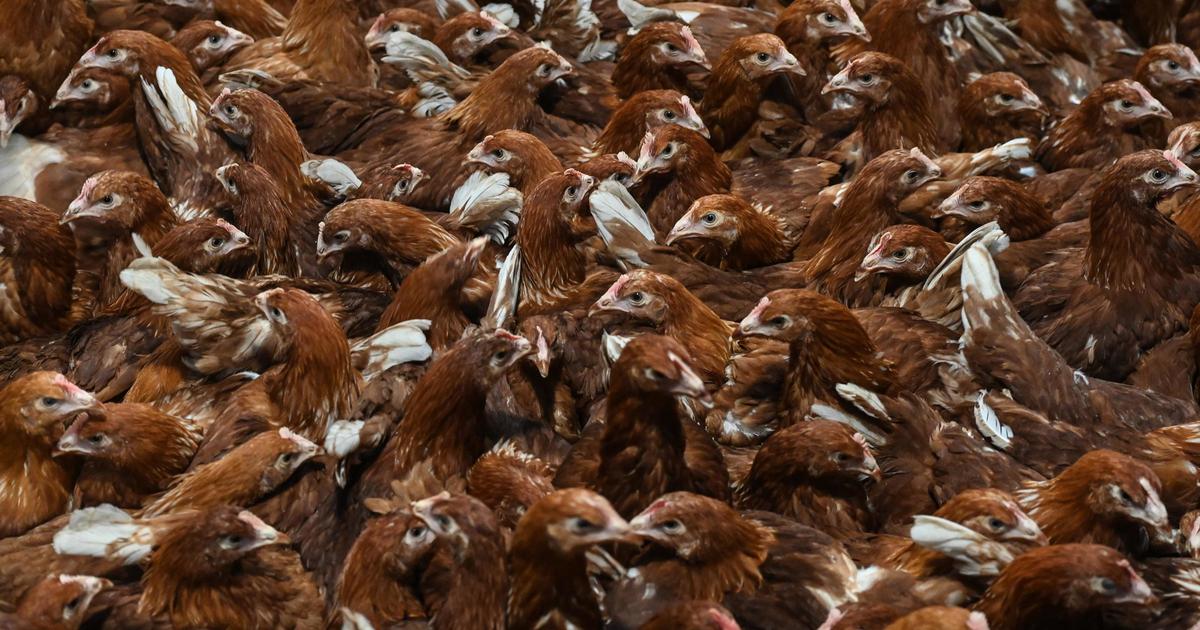In one year, nearly 900 human cases of bird flu were reported in 23 countries, half of which died. Currently, there is no evidence of human-to-human transmission.
H5N1 has been detected in felines (cats or tigers in zoos), foxes, martens, bears, and even marine mammals – seals and leopards and, more recently, cows on farms in the United States. It is possible to become infected through contact with dead or living animals, although this remains rare. The list of species likely to be infected has grown over the past two years, linked to the explosion of cases in wild birds. The cases of contamination from animals to humans are, however, not surprising, according to the World Health Organization (WHO), which expressed "tremendous concern" over the spread of the H5n1 strain of avian flu to new species, including humans.

